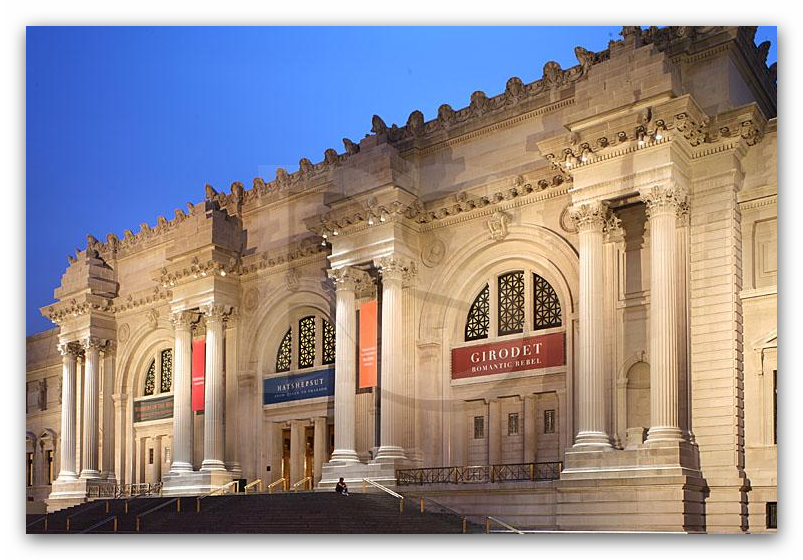Jul 13 2016 - Dec 10 2017
New York City, NY
This installation highlights a great strength of The Met collection—arts of the late 19th-century Anglo-American Aesthetic movement. Featuring a range of art furniture, ceramics, stained glass, metalwork, textiles, painting, and sculpture—most from the Museum's permanent holdings and a few select loans—the display explores Aestheticism as a cultural phenomenon of its time that promoted beauty as an artistic, social, and moral force, particularly in the domestic realm.
The catalyst for the phenomenon's widespread popularity in the United States was the 1876 Centennial International Exhibition, held in Philadelphia, and Aestheticism remained a driving force through the late 1880s, especially in New York. The period witnessed the flourishing of an artistic culture and lifestyle movement that also encompassed painting, sculpture, and works on paper; the proliferation of art publications, clubs, and societies; an intense interest in collecting and decoration; and the founding of the nation's major art museums. Aesthetic furnishings and objects were intended for fully integrated domestic spaces—as seen, for example, in The Met's latest historical interior, the Worsham-Rockefeller Dressing Room, on view nearby—and reveal the progressive tastes and collaborative spirit of the era.
Credit: Exhibition overview from museum website.
Whether or not you go, The Cult of Beauty: The Aesthetic Movement 1860-1900 focuses on a period at the end of the nineteenth century when a group of artists, architects, and designers found themselves linked by the search for anew Beauty. The Aesthetic Movement, as it came to be known, united romantic bohemians, such as Dante Gabriel Rossetti, William Morris, and Edward Burne-Jones, with maverick figures like James McNeill Whistler. The Cult of Beauty brings together the finest pictures, furniture, and decorative arts of this extraordinary era, setting them in the context of this glittering cast of characters. This beautiful book also reveals how artists’ houses and their extravagant lifestyles became the object of public fascination. The influence of the “Palaces of Art” created by Rossetti and Morris, Lord Leighton, and others led to a widespread revolution in architecture and interior decoration, while Oscar Wilde made his name promoting the idea of “The House Beautiful.”
“[This] companion volume will surely prove a classic in the field . . . The book offers a finely written in-depth discussion for newcomers to this complex field, while those with a longstanding interest will find a fresh curatorial point of view that places these related works in a new historical context.” —The Magazine Antiques
The Cult of Beauty: The Aesthetic Movement 1860-1900
Exhibition Venues & Dates
Jul 13 2016 - Dec 10 2017
New York City, NY

